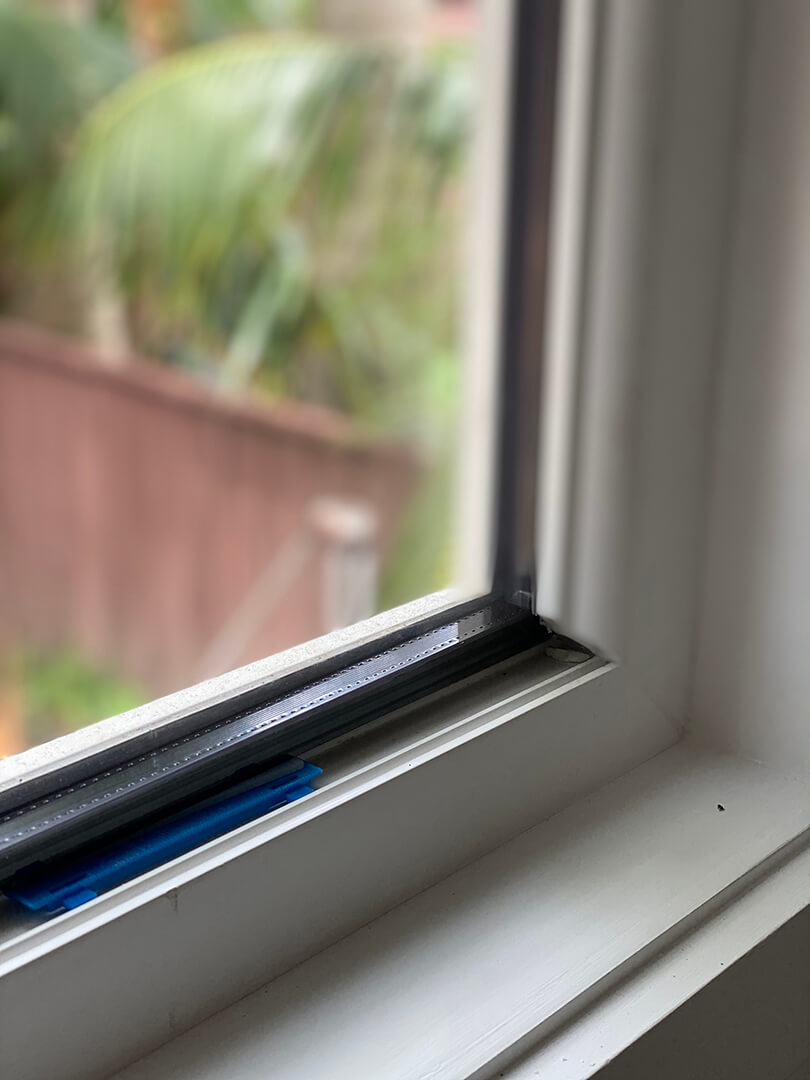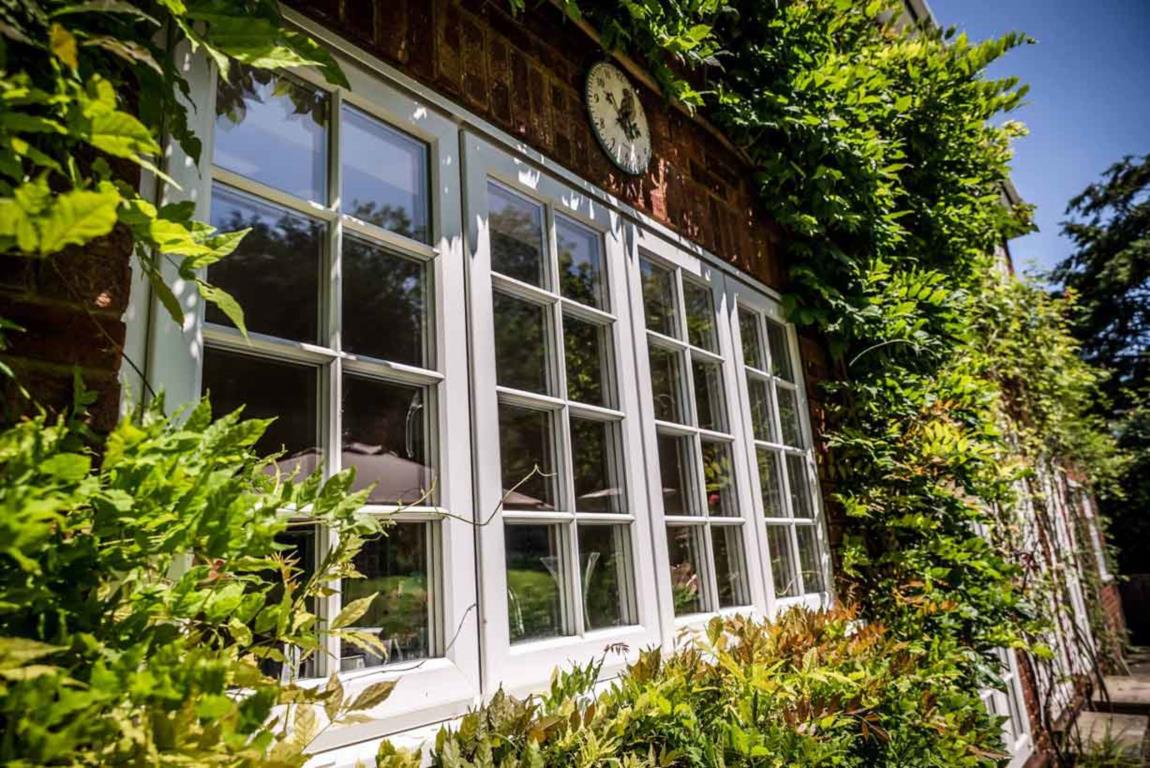All Categories
Featured
Table of Contents
Double Glazed Windows Brisbane in Sinagra WA
That window can send more solar heat in winter than in summer season. A west-facing window on a summertime's afternoon has an angle of incidence from near 0 up to 30 with a large effective area of solar radiation. A north-facing window, in summertime, has a high angle of incidence and a low efficient area of solar radiation, so can transfer less heat than a west-facing one.

You can quickly and easily enhance the thermal efficiency of your home by replacing your windows. There are thousands of types of glass and frames to select from.
The Ultimate Guide To Double Glazed Windows in Armadale WA
Single glazing with clear glass is not extremely efficient when it comes to heat loss or gain. To enhance efficiency, you can use single glazing with a more energy-efficient type of glass such as low emissivity (low-e) glass.
The energy performance of IGUs likewise depends on: the properties of each layer of glass. Various glass types (for example, clear and low-e glass) can be put together in an IGU.
The Science Behind Double Glazed Windows in Hovea WA

IGU cavities can be filled with air or a more inert, low-conductivity gas such as argon the width of the cavity. Broader cavities provide lower (better) U worths, with 12mm generally accepted as the preferred gap how well the cavity is sealed.
If argon is set up to the cavity in location of air, moisture is dependably excluded the level of desiccant (drying representative). The spacer (metal or polymer strip) that separates the glass layers includes a desiccant to absorb any moisture. Insufficient desiccant might cause wetness to condense on the glass surface area in cold conditions, minimizing thermal efficiency.
Upvc Double Glazed Windows Australia in Maida Vale Perth
IGUs can deliver better energy efficiency for all climates, specifically in heated and air-conditioned homes. Cross-section detail of single, double and triple-glazing units Low emissivity glass (commonly understood as low-e glass) reduces heat transfer. Low-e glass may be either high or low transmission: High transmission low-e glass has a coating that permits daytime from the sun to pass into your house to accomplish good solar heat gain, but decreases the quantity of the long wavelength infrared heat that can escape back through the window.
Low-e glass has either a pyrolytic finishing or a vacuum-deposited thin movie metal covering. Pyrolytic coverings are durable and can be used for any glazing; vacuum-deposited coverings are soft and are only utilized within IGUs. Low-e finishes can substantially enhance both U value and SHGC; nevertheless, they should be utilized properly or they will either degrade or stop working to carry out as needed.
Double-glazing Versus Low-e Glass in Scarborough Western Australia
Low-e finishings can be utilized in mix with clear, toned or reflective glass. Low-e coatings on glazing can reduce heat transfer where needed Picture: Department of Market, Science, Energy and Resources Toned glass has colouring ingredients included throughout manufacture. It is readily available in different colours, generally bronze, grey, blue and green.
Latest Posts
Faq in Bedfordale Perth
What Are Double Glazed Windows? - Build in Duncraig Western Australia
Single Glazed Vs Double Glazed Windows - Ultimate Guide in Kensington Perth